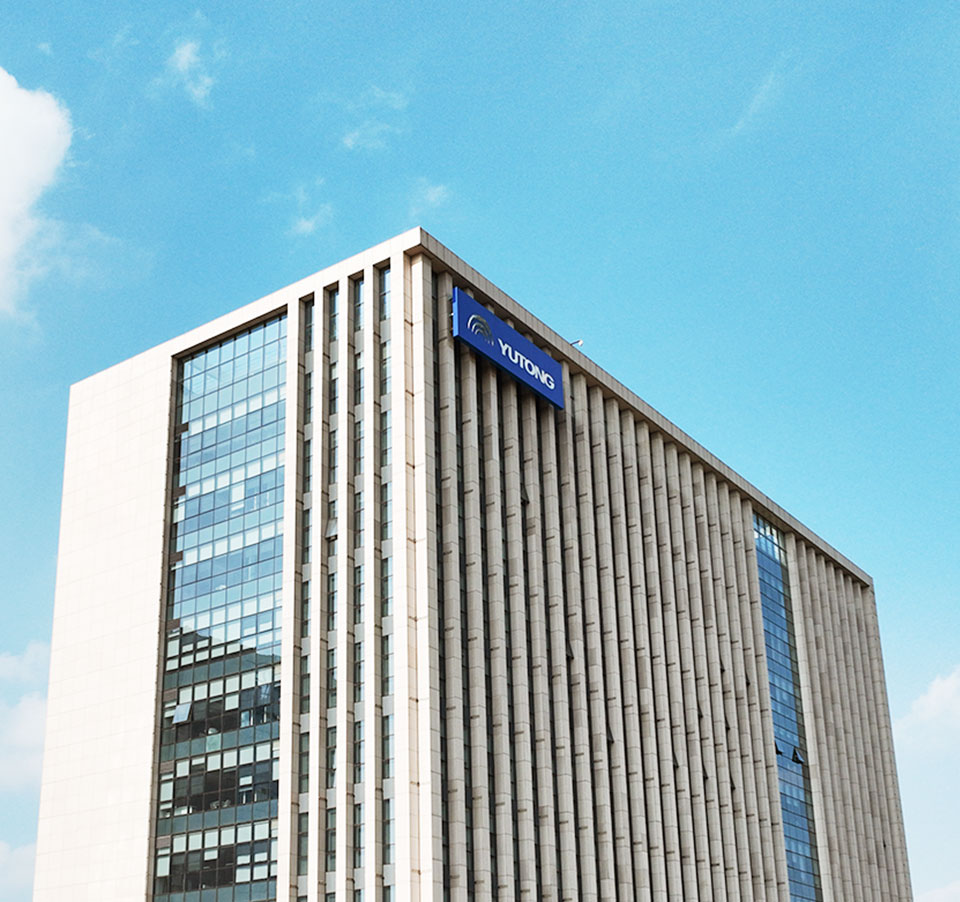As cities expand and demand for reliable public transportation grows, Yutong Bus has become a recognizable name in the global transit market. They offer a diverse selection of buses designed to meet various transportation needs. Examining yutong bus specifications can help decision-makers understand the operational capabilities of each model. From urban routes to long-distance travel, their vehicles are engineered to balance efficiency, safety, and passenger comfort, making them suitable for multiple transit scenarios.
Passenger Capacity and Comfort
A closer look at yutong bus specifications highlights how passenger comfort is a key consideration in their design. Yutong Bus provides seating arrangements that can accommodate small groups or larger crowds depending on the route requirements. Adjustable seating, climate control systems, and spacious interiors are often included to enhance the travel experience. Additionally, accessibility features such as low floors and wheelchair ramps are standard in many models, ensuring that public transport is inclusive. These design choices make it easier for operators to maintain high levels of passenger satisfaction across different routes.
Efficiency and Sustainability
Efficiency is another notable aspect of Yutong Bus vehicles. Their detailed yutong bus specifications often outline fuel efficiency for diesel models and battery capacity for electric options. The company has been actively developing energy-efficient powertrains and exploring hybrid and fully electric solutions. These initiatives reduce operational costs while contributing to environmental sustainability. Moreover, integrated telematics and vehicle monitoring systems enable operators to track performance, schedule maintenance, and optimize energy use, which supports long-term fleet management.
Conclusion
Reviewing yutong bus specifications allows transport planners to assess which models align with their operational requirements. Yutong Bus provides vehicles that are adaptable, reliable, and technologically advanced, making them a practical choice for modern transit systems. Their focus on passenger comfort, operational efficiency, and sustainable practices demonstrates a commitment to meeting the evolving needs of urban and intercity transport networks. By incorporating these buses into a fleet, operators can achieve a balance between performance and user experience, ensuring smoother and more efficient public transportation services.
